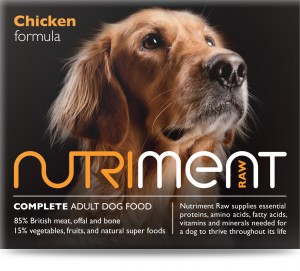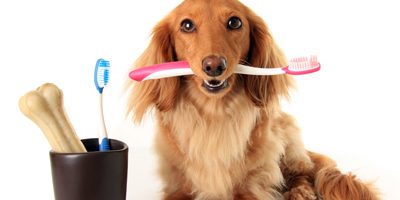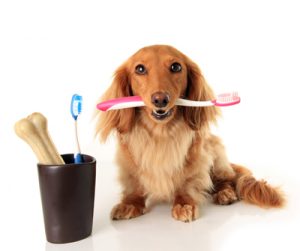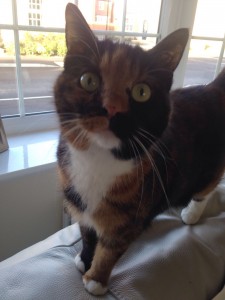01529 304273 - [email protected]
PLEASE ONLY USE OUR MOBILE NUMBER 07957 482442 WITH IMMEDIATE EFFECT

 Whether you feed kibble or wet food, there are so many brands to choose from that choosing the right food for your pet can be a complex matter. Here at Safe and Hound, we want only the best for our pets and that includes their food, so we only feed what we love!!
Whether you feed kibble or wet food, there are so many brands to choose from that choosing the right food for your pet can be a complex matter. Here at Safe and Hound, we want only the best for our pets and that includes their food, so we only feed what we love!!
Raw food
In a world where healthy eating has become a priority for many humans, it seems logical that our dogs follow the same path with their diet. Raw food has exploded onto the market in recent years with increasing numbers of owners opting to feed their pets raw. Whether you mix your own food or buy a complete food, many agree on the health benefits of raw feeding.
The feeding model is based on that of the diet of their ancestors, combining meats, seeds, vegetables and oils to ensure complete nutrition and a varied source of proteins. Over feeding one same food and protein source for many months or years can result in allergies to that protein, and that is what we are keen to avoid by feeding a varied raw diet with Nutriment.
Nutriment is a large food supplier in Surrey who carefully source their meats, seeds and vegetables and combine them into formulas offering complete nutrition for your pets.
Raw Food for Dogs
It is seemingly becoming more common that our dogs have food allergies. Nutriment offers owners of dogs with allergies the opportunity to feed them tasty and nutritious food that does not aggravate any allergies with their “Just” range. The Just range is also popular with owners who wish to follow their own recipes of raw food mixes while being able to source all the different aspects of that meal from one place.
For most, a complete diet is preferable, knowing that your dog has everything he or she needs with no chance of missing essential nutrients from their diet.



 Its March now, which means its Dental Month at Quarrington Vets. Remember… to qualify for the 15% off dentals offer, you need to book in for a FREE initial health check with one of our Registered Veterinary Nurses.
Its March now, which means its Dental Month at Quarrington Vets. Remember… to qualify for the 15% off dentals offer, you need to book in for a FREE initial health check with one of our Registered Veterinary Nurses.
It’s hard to believe, but it’s thought that around 75% of cats and dogs over the age of 4 years old have some form of dental disease.
If plaque is left to accumulate on teeth, gum inflammation (Gingivitis) may occur, which if left untreated, could lead to gum recession, causing roots to be exposed. This can be quite painful for your pet and may result in tooth loss in the long term.
The best way to combat this is through regular teeth brushing, although, a large, hard plaque build up may need a scale and polish.
Does your pet have smelly breath? Have you noticed a visible plaque build up on your pets teeth like the picture below? Why not give us a call on 01529 307 878 to book in for your FREE health check.

NEW SERVICE – We are now able to offer nail clipping for all our regular customers dogs in the comfort of their own home saving a trip to the vets or groomers. Price starts at £7.50. Just message if you are interested.

 When you plan your holiday, why not get Safe and Hound to look after your happy cats in their favourite place, at home!
When you plan your holiday, why not get Safe and Hound to look after your happy cats in their favourite place, at home!
Why? Because
Most cats really hate catteries!
Is it because catteries are horrible places? Is it because cattery owners are uncaring? Is it because they don’t like cattery food?
The answer is “none of the above”.
There are some really caring cattery owners and some catteries have quite modern pens.
So why do cats really hate catteries?
The answer is pure and simply that cats are territorial animals. By this we mean, over many thousands of years, cats have been genetically predisposed to be solitary animals and to reign over a large territory (unlike dogs which are basically “pack” animals).
This explains much of a modern cat’s behaviour, for example, even though cats can be sociable, they spend a great deal of time alone because they are basically solitary animals. They wander over large distances across the neighbourhood since in the wild they need a certain minimum size of territory to supply an adequate amount of prey.
They will fight other cats to defend their territory and with that, their food supply.
Of course, thanks to very caring and doting owners, in modern times, domesticated cats do not have to hunt prey in order to eat, yet many cats will hunt prey, but why?
Because, as already stated, they are genetically predisposed to do certain things, including hunting prey (even though these days, they don’t really need to).
What does a cat’s territory mean to a cat?
In a word – EVERYTHING!
A cat’s home environment and the immediate surrounding area is “marked” by the cat so when most cats are forcibly taken away from their familiar home environment (their central territory), they will become stressed, unhappy, sometimes stop eating and are quite unable to adjust to their new surroundings. It’s not so much the fact that they don’t want to be taken to a cattery, it is more to do with the fact that they do not want to be taken anywhere away from their home territory.
So it is simply common sense and far better to care for a cat in its own home rather than take it somewhere else to be cared for. Why would anyone want their cat to be stressed and unhappy when it could be calm, relaxed and contented?
So let’s not blame cattery owners for supplying what is, in effect, an inappropriate service – after all, they are only supplying a service that a proportion of cat owners (mistakenly) believe is required.
So when you plan your holiday, why not get Safe and Hound to look after your happy cats in their favourite place, at home!
Q1. My friend doesn’t have the conventional vaccinations for her dog but uses herbal remedies instead. What is the difference and what should I do when I get my new puppy as I want to make sure he is safe from any diseases?
Some ideas on what to feed on a BARF Diet
There are many websites dealing with raw feeding, and most advocate a gradual change over from the old diet to the new. Some people feed a mixture of raw and commercial food, and raw pet food is now available from us at Safe & Hound as well as from several on line sources. Of course it is perfectly possible to make your own raw food for your pet, although making sure all the required vitamins and minerals are present can be a worry for some owners.
The first language a kitten learns is that of smell. It is blind, deaf and defenceless but it has well-developed senses of smell and touch (including warmth detection) to guide it to the mother cat’s nipple. It has been proposed that each kitten recognises its own scent on the nipple and aims for the same nipple each feeding time. However in my experience, the larger, more vigorous kittens usually head for the nipples nearer the back legs, so this ‘own nipple’ theory may just be kittens trying to get to the most productive nipples. In litters with only 1 or 2 kittens, the front nipples may be completely unused.
It has been theorised that living alongside humans has meant that the process of evolving a domestic subspecies from a wild ancestor went hand-in-hand with increased vocalisation in domestic cats and research has shown that the different sounds a cat makes are extensive. There are between 16 to 20 different types of “meow” which differ in pitch, rhythm, volume, tone, pronunciation and the context in which they are used.